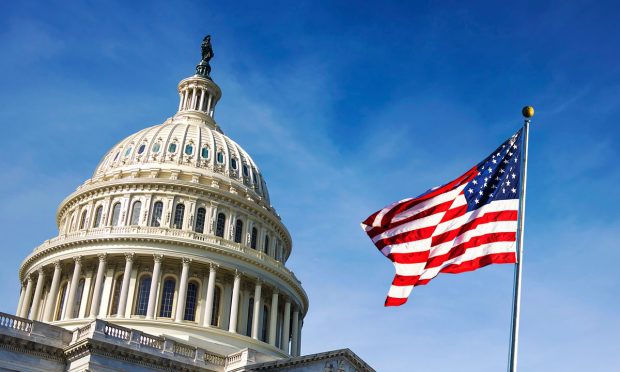The Flip Side of Tougher Merger Rules, Enforcement

Nvidia’s $40 billion deal with Arm may soon fall apart as the parties prepare to quietly abandon the transaction due to increasing antitrust concerns in the U.K., U.S. and China. The Federal Trade Commission (FTC) on Tuesday (Jan. 25) sued to block Lockheed Martin Corporation’s $4.4 billion proposed acquisition of Aerojet Rocketdyne. The European Commission is investigating Illumina’s $8 billion bid for Grail, and the chances of approval are slim.
The list of proposed acquisitions that are being scrutinized is increasing, not only because there are more merger notifications — in Europe 405 deals were filed in 2021, up from 361 in 2020 — but also because regulators want to make sure that no anticompetitive merger is left unchecked. This trend affects not only acquisitions by Big Tech firms, but every sector.
Detecting anticompetitive mergers is essential for healthy and competitive markets, but a perceived higher risk of completing some transactions may discourage companies from pursuing deals that in fact could be good for the market.
Additionally, if venture capital firms also perceive that small firms may not rely on M&A as an option to grow, they may divert their high-risk investments somewhere else. This could have an impact on innovation, eventually, it allowing big firms to continue expanding without the pressure of dealing with new competitors.
Read more: FTC, DOJ Launch Consultation To Tighten Grip on Big Tech M&A
Big Tech
There is a sense among regulators and policymakers that Big Tech firms had a free pass to acquire small companies in the past.
While many small acquisitions may have gone unnoticed because they don’t trigger notification thresholds, others have been analyzed and approved by the authorities. Regulators only started to worry when these small companies grew to a dominant position after the acquisition, or when the transaction helped a Big Tech company to reinforce its dominance.
This led regulators to question whether the Big Tech firm helped the small company to grow because of the resources invested, or if it saw its potential and bought it at the right time.
Probably the best example of this type of acquisitions is Facebook’s acquisitions of Instagram. Facebook bought Instagram for $1 billion, which is currently worth $100 billion, according to some analysts. The FTC is challenging this acquisition in court. If the FTC wins this case, Facebook could be ordered to sell the company to a third party.
Two additional examples can be found in the U.K., where the Competition and Markets Authority ordered Facebook to undo its acquisition of Giphy after 18 months of investigation, and almost blocked Amazon’s minority acquisition (16%) on Deliveroo. In both cases, the regulator argued that the big companies could use these acquisitions to enter, and eventually reduce competition in new markets.
In the last 2 or 3 years, the notion of the “potential competitor,” which has been dormant in most merger guidelines, took off. Regulators started to pay more attention to small competitors that could compete with the big firms if they were allowed this extra time. This encouraged regulators to scrutinize and eventually block deals where Big Tech firms acquired smaller competitors.
FinTech, Health
In 2021, Visa decided to abandon its $5.3 billion acquisition of Plaid after the Department of Justice (DoJ) sued to block the merger. Illumina also failed to acquire Pacific Bioscience, and it faces an uphill battle to close its bid for Grail. These cases have in common the same theory of harm: regulators opposed the deal because the target could be a potential competitor.
The notion of the “potential competitor” is not limited to Big Tech firms or to small targets. These and other companies have seen how this new stance on merger enforcement can complicate or terminate an acquisition.
Regulatory scrutiny over deals that could affect “potential competitors” won’t likely go away anytime soon. In fact, the recent announcement by FTC and DOJ to review their merger guidelines suggests just the opposite. This element will probably have more weight in future reviews.
Impact on M&A
The number of deals involving “potential competitors” are small compared to the overall number of deals. In most cases, this theory of harm doesn’t raise any concerns, and the deal is approved. However, cases where regulators raise concerns attract significant media attention, and may eventually cause the deal to fall apart. Interestingly, some of these deals were abandoned by the parties before a judge or a regulator could issue a final decision on whether the anticompetitive risks were likely to occur or not.
Companies usually invest a lot of resources when they engage in strategic acquisitions, but if they perceive regulatory headwinds, whether these are justified or not, they may think twice about a deal.
